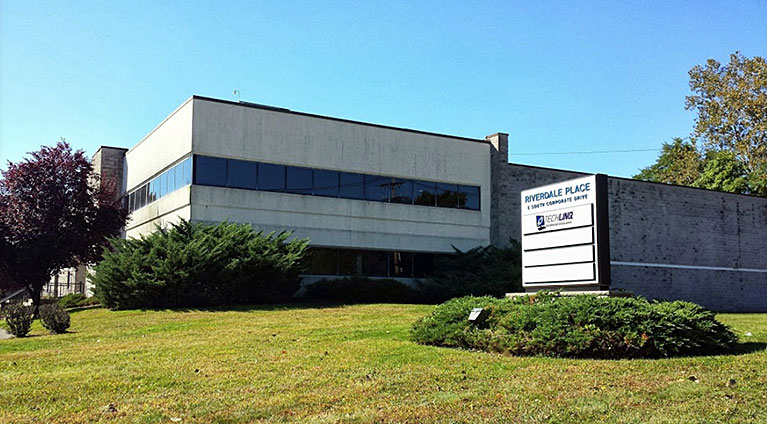
Since the outbreak of COVID-19, many companies have had to change their mode of operation by requiring employees to work from home. However, many remote workers are quickly learning they can’t do their job adequately because they don’t have enough internet bandwidth. In this article, we’ll talk about how much bandwidth is ideal for remote work.
What is internet bandwidth?
Bandwidth is how much data your internet connection can transfer in a second. A higher bandwidth allows more data to be transferred at once. Most internet providers have different bandwidth limits for downloads and uploads.
Data transfer speed is calculated in megabytes per second (Mbps) or bytes per second (Bps), which indicates the maximum amount of data that can be sent through your home internet connection.
How much internet bandwidth is needed for remote work?
Several factors affect how much internet bandwidth you need to work remotely, like the type of job you have and which apps/programs you use.
Simple tasks such as checking your email, chatting online, or creating documents don’t use too much bandwidth. However, if your tasks require more complex processes, like video calling, then you’ll need higher bandwidth to complete them.
Below is a list of commonly used apps by remote workers, and the bandwidth required to use them effectively.
Google Meet
Google Meet needs access to enough concurrent bandwidth for HD meetings, as well as supplemental bandwidth in order to support other needs, such as live streaming. If there isn’t enough bandwidth for a video conference, the app will automatically switch to audio-only mode.
Below are the minimum bandwidth requirements for Google Meet.
- Average bandwidth requirement per participant
Type of meeting Inbound Outbound HD video conference 1.6 Mbps 2.2 Mbps Audio-only mode 18 Kbps 12 Kbps - Average bandwidth requirements per live stream viewer
Video setting Required inbound bandwidth 720p 2.6 Mbps 480p 1.5 Mbps 360p 1.0 Mbps 240p 0.5 Mbps
Zoom
Zoom will adjust its bandwidth usage for the best experience possible based on the participant’s network, whether it be 3G, Wi-Fi, or wired. Here are the bandwidth requirements for different types of Zoom meetings.
- 1-on-1 video call
Video setting Required bandwidth High-quality video 600 Kbps (up/down) 720p HD video 1.2 Mbps (up/down) 1080p HD video 3.8 Mbps/3.0 Mbps (up/down) - Group video call
Video setting Required bandwidth High-quality video 1.0M Bps/600 Kbps (up/down) 720p HD video 2.6 Mbps/1.8 Mbps (up/down) 1080p HD video 3.8 Mbps/3.0 Mbps (up/down) Gallery view receiving 2.0 Mbps (25 views), 4.0 Mbps (49 views) - Webinar participants
Video setting Required bandwidth High-quality video 600 Kbps (down) 720p HD video 1.2‒1.8 Mbps (down) 1080p HD video 2–3 Mbps (down)
Microsoft Teams
No matter the condition of your internet connection, Teams guarantees the best audio, video, and content sharing experience. If you have insufficient bandwidth, Teams will prioritize audio quality over video quality.
This table details how much bandwidth Teams uses.
- Bandwidth Requirement for Audio Only
Type of meeting Minimum Recommended Optimum One-on-one 10 Kbps/10 Kbps (up/down) 58 Kbps/58 Kbps (up/down) 76 Kbps/76 Kbps (up/down) Group 1.2‒1.8 Mbps (down) 58kbps/58kbps (up/down) 76 Kbps/76 Kbps (up/down) - Bandwidth Requirement for Video
Type of meeting Minimum Recommended Optimum One-on-one 150 Kbps/150 Kbps (up/down) 1.5 Mbps/1.5 Mbps (up/down) 4.0 Mbps/4.0 Mbps (up/down) Group 150 Kbps/200 Kbps (up/down) 2.5 Mbps/4.0 Mbps (up/down) 4.0 Mbps/4.0 Mbps (up/down) - Bandwidth Requirement for Screen sharing
Type of meeting Minimum Recommended Optimum One-on-one 200 Kbps/200 Kbps (up/down) 1.5 Mbps/1.5 Mbps (up/down) 4.0 Mbps/4.0 Mbps (up/down) Group 250 Kbps/250 Kbps (up/down) 2.5 Mbps/2.5 Mbps (up/down) 4.0 Mbps/4.0 Mbps (up/down) - Bandwidth Requirement for Together mode
Type of meeting Minimum Recommended Optimum One-on-one N/A N/A N/A Group 1.0 Mbps/1.5 Mbps (up/down) 1.5 Mbps/2.5 Mbps (up/down) 2.5 Mbps/4.0 Mbps (up/down)
For more helpful tips on how you can optimize your remote work setup, call us today.



